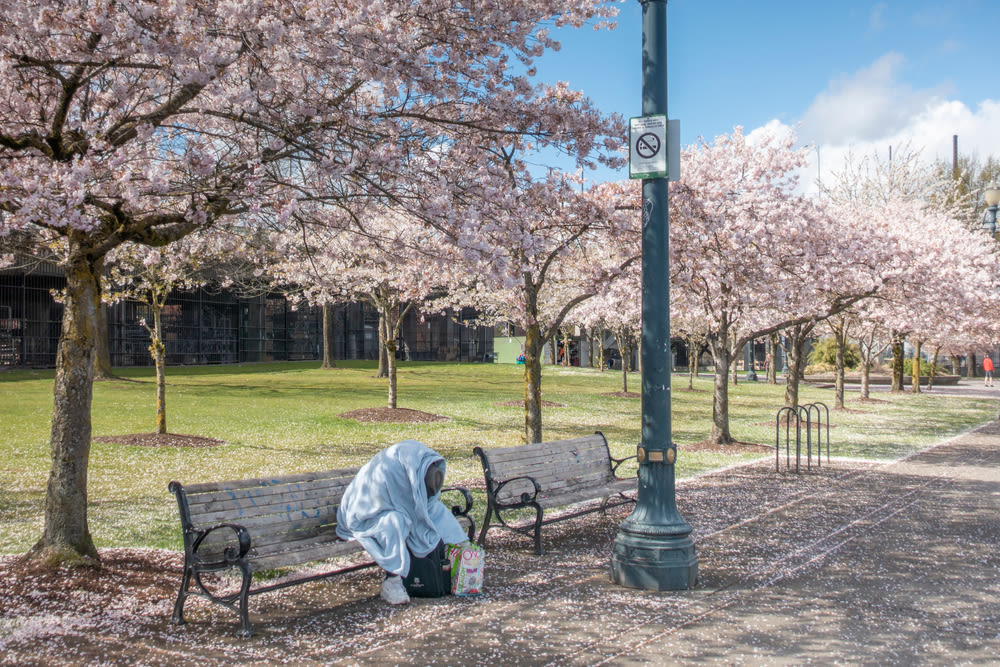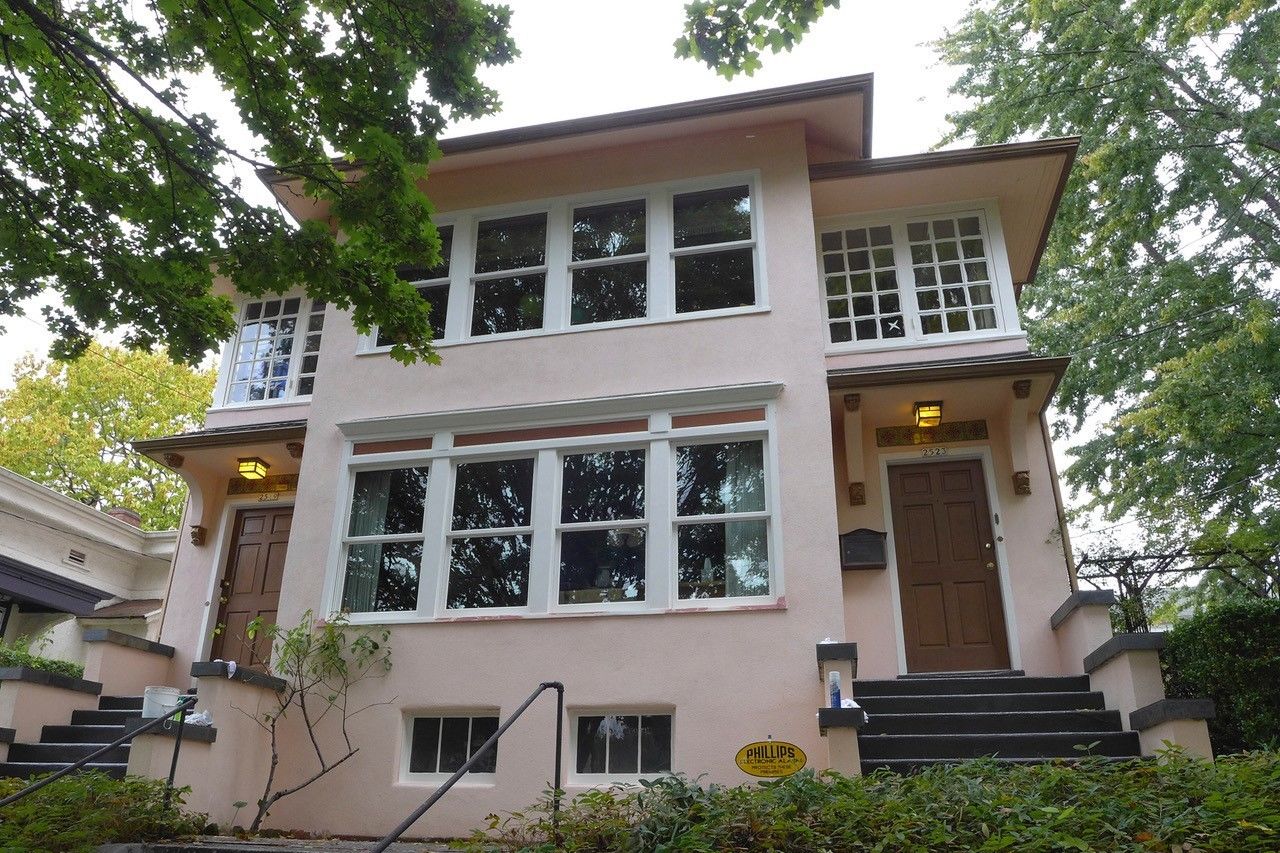What's Next in Portland's Strategy for Houselessness?

The city of Portland announced four new Safe Rest Villages sites this week.
Image: Xiao Zhou/Shutterstock
For decades, advocates for the houseless have championed an approach known as “housing first,” buoyed by oft-cited test cases like the country of Finland.
That Scandinavian nation has come as close as anywhere to eradicating houselessness, and did it via a steadfast adherence to housing first principles, which call for putting people into permanent lodging and then giving them supports like mental health counseling and job training, as opposed to the other way around.
But this week in Portland, City Commissioner Dan Ryan, who has been the city’s point person on houseless solutions, said that given the “humanitarian crisis on our streets,” Portland needed a more nuanced direction—further demarcating Portland as somewhat at odds with an approach preferred not just by the Finns, but by the state's Democratic legislative leaders.
“We have for too long taken a housing first, housing only approach,” Ryan said Thursday. “Without a doubt, housing is a part of the solution. [But] not everyone on our streets has the agency to move into an apartment on their own, particularly those who have multiple diagnoses, those who need community and support to get beyond the challenges they face today.”
Ryan’s comments, capped off by his contention that, “we can’t keep talking about the perfect solution and have that get in the way of the good action,” were just the latest sign of Portland’s efforts to implement a continuum of solutions to the affordable housing and houselessness crises.
Case in point: Ryan’s announcement this week that four more sites had been designated as “Safe Rest” Villages, intended to be a waystation along the way for permanent housing, news that first broke in the Oregonian.
At just a maximum of 60 people per site, the Safe Rest Villages—located on city-owned property in SW Portland near Multnomah Village and off of Naito Parkway downtown, in NE Portland in Sunderland, in SE Portland off of Reedway, in North Portland off of Syracuse, and at two previously announced, privately owned sites, on the outskirts of the Pearl District and in outer SE Portland—will be available to only a fraction of the thousands of people currently living on the street and in their cars.
But Ryan pointed out that the goal is to cycle residents into permanent housing within six to nine months, so given turnover and an optimistic viewpoint, about 720 people a year could access services once the Safe Rest Villages are up and running.
Plenty of questions remain, including when the Safe Rest Villages, originally promised by the end of 2021, will be up and running—on Thursday, Ryan would only commit to saying that they would open “in 2022”—and what will become of those who are offered a place in the new villages, or other accommodations, and decline to take it.
The current situation is Portland comes after decades of disinvestment in affordable housing, but the region is not without the financial resources to make a sizable dent, given countywide bond measures, financial aid from the federal government and statewide investments—not to mention a public that is focused on the issue, perhaps like never before, as homelessness has become ever more visible on city streets.
The city's most recent and high-profile actions have focused on transitional housing, like the suggestion floated by former mayor-turned-current mayoral aide Sam Adams that the city work with the state and the Oregon National Guard to open three large shelters, each with room for 1,000 people. In January, the Here Together coalition, which includes many of the area's on-the-ground houseless advocacy nonprofits, released a plan calling for a more comprehensive approach, which included more transitional shelters, but not funded with dollars that would otherwise go to permanent, long-term housing. That group has also advocated for a focus on programs like “master leasing,” in which nonprofits work directly with private landlords to cover rent increases for their clients—in other words, a housing first model that then gives case managers a chance to work directly with people in more stable living situations.
And state lawmakers, too, have signaled their intent to direct the lion’s share of state resources to a housing first approach. On Thursday, Democrats, who hold a comfortable majority in both the state House and the Senate, proposed setting aside $165 million to address houselessness, some of which will go to cities to increase shelter capacity, but also towards buying and converting more hotels and other buildings—like empty office space, for example—into housing. Even more money—$215 million—is being proposed for building and preserving affordable housing statewide.
The city will benefit from money set aside for programs in Multnomah County. But there was no direct allocation for Portland in the package.




